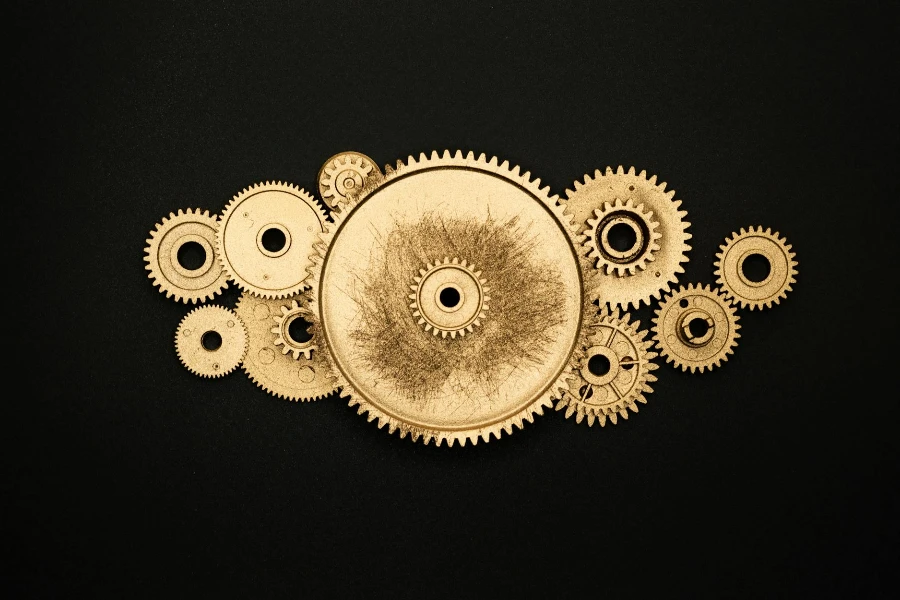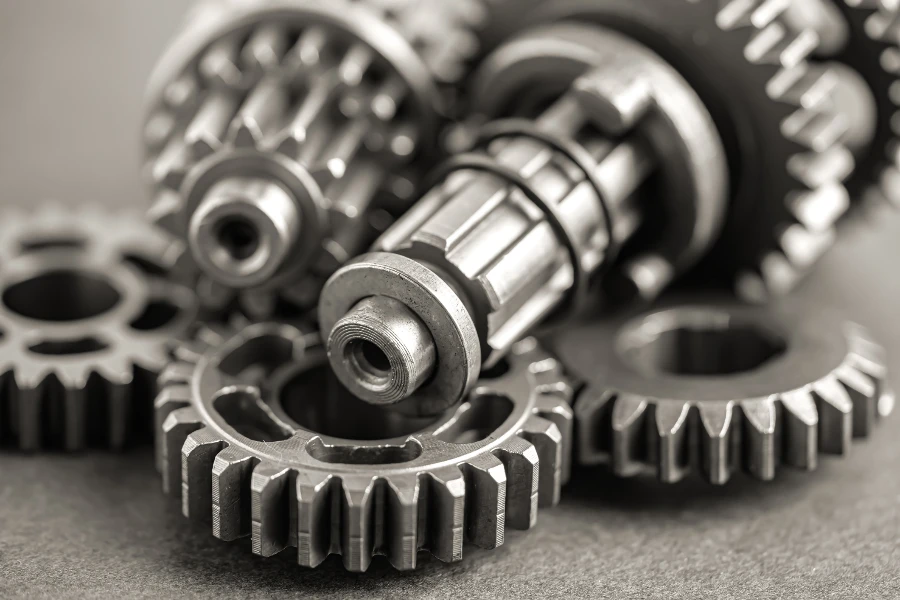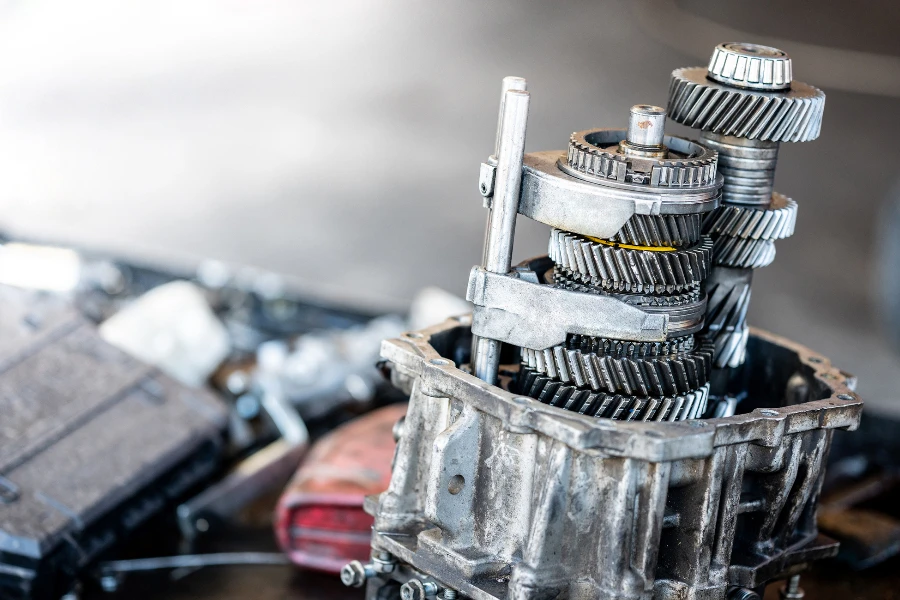The realm of aerospace engineering is both vast and intricate, requiring precision in every component for a successful mission. Among these components, the rocket pinion stands out for its critical role in the overall mechanism of rockets and spacecraft. This article aims to shed light on the rocket pinion, exploring its design, functionality, applications, and the latest advancements in the field. By breaking down complex concepts into understandable explanations, we invite you on a journey to better understand this essential piece of machinery.
Table of Contents:
– What is a Rocket Pinion?
– Design and Functionality of Rocket Pinions
– Applications of Rocket Pinions in Aerospace
– Latest Advancements in Rocket Pinion Technology
– Understanding the Impact of Rocket Pinions on Space Missions
What is a Rocket Pinion?

In the heart of aerospace engineering, the rocket pinion emerges as a fundamental component, often overshadowed by the more visible parts of a spacecraft. However, its role is indispensable. A rocket pinion is a type of gear or cogwheel that engages with a rack or another gear to transmit rotational motion to linear motion or vice versa. This seemingly simple mechanism is pivotal in controlling various systems within a spacecraft, from steering mechanisms to adjusting satellite antennas.
Design and Functionality of Rocket Pinions

The design of a rocket pinion is a marvel of engineering precision. It involves meticulous calculations and considerations, ensuring that the gear can withstand the extreme conditions of space, such as vacuum, temperature fluctuations, and radiation. The materials used in rocket pinions are typically high-strength alloys or composites, chosen for their durability and resistance to wear and tear. The functionality of rocket pinions extends beyond mere motion transmission; they are integral in the precise control and maneuverability of spacecraft, enabling them to navigate the vastness of space with remarkable accuracy.
Applications of Rocket Pinions in Aerospace

Rocket pinions find their applications in various segments of aerospace engineering. One of the most notable is in the propulsion systems of rockets, where they play a crucial role in the adjustment of engine nozzles for thrust vector control. This allows for the precise direction of thrust, enabling rockets to follow their intended trajectory. Additionally, rocket pinions are used in the deployment mechanisms of satellites, ensuring that solar panels and antennas are correctly positioned to optimize their function once in orbit.
Latest Advancements in Rocket Pinion Technology

The field of aerospace engineering is continuously evolving, with new technologies enhancing the capabilities of components like rocket pinions. Recent advancements have focused on improving the efficiency and reliability of these gears. Innovations in materials science have led to the development of lighter, stronger alloys and composites, reducing the overall weight of spacecraft while increasing the longevity of the components. Moreover, advancements in manufacturing techniques, such as 3D printing, have opened up new possibilities for complex geometries in rocket pinion design that were previously unattainable, further optimizing their performance.
Understanding the Impact of Rocket Pinions on Space Missions

The significance of rocket pinions in the success of space missions cannot be overstated. Their role in ensuring the precise operation of various systems within a spacecraft makes them a cornerstone of aerospace engineering. The continuous advancements in rocket pinion technology reflect the ongoing quest for greater efficiency, reliability, and performance in space exploration. As we push the boundaries of what is possible in aerospace engineering, the evolution of components like rocket pinions will remain at the forefront, driving us toward new horizons in space exploration.
Conclusion:
Rocket pinions, though small and often unnoticed, play a critical role in the functionality and success of aerospace missions. Their design, functionality, and continuous advancement highlight the importance of precision engineering in space exploration. As technology progresses, the potential applications and efficiency of rocket pinions will only expand, further solidifying their place in the future of aerospace engineering. Understanding the intricate details and significant impact of rocket pinions invites us to appreciate the complexities of space machinery and the ingenuity of those who design them.



